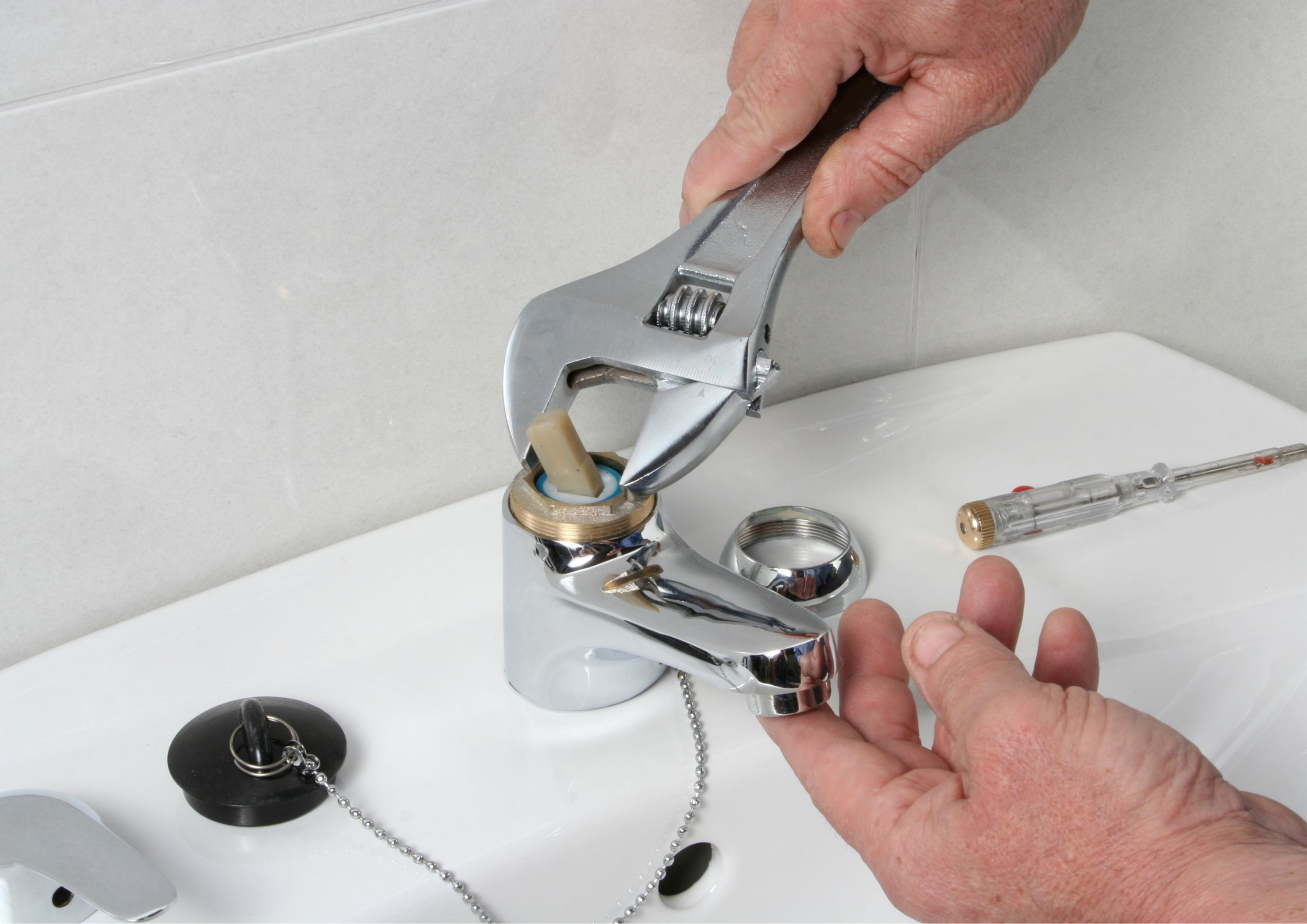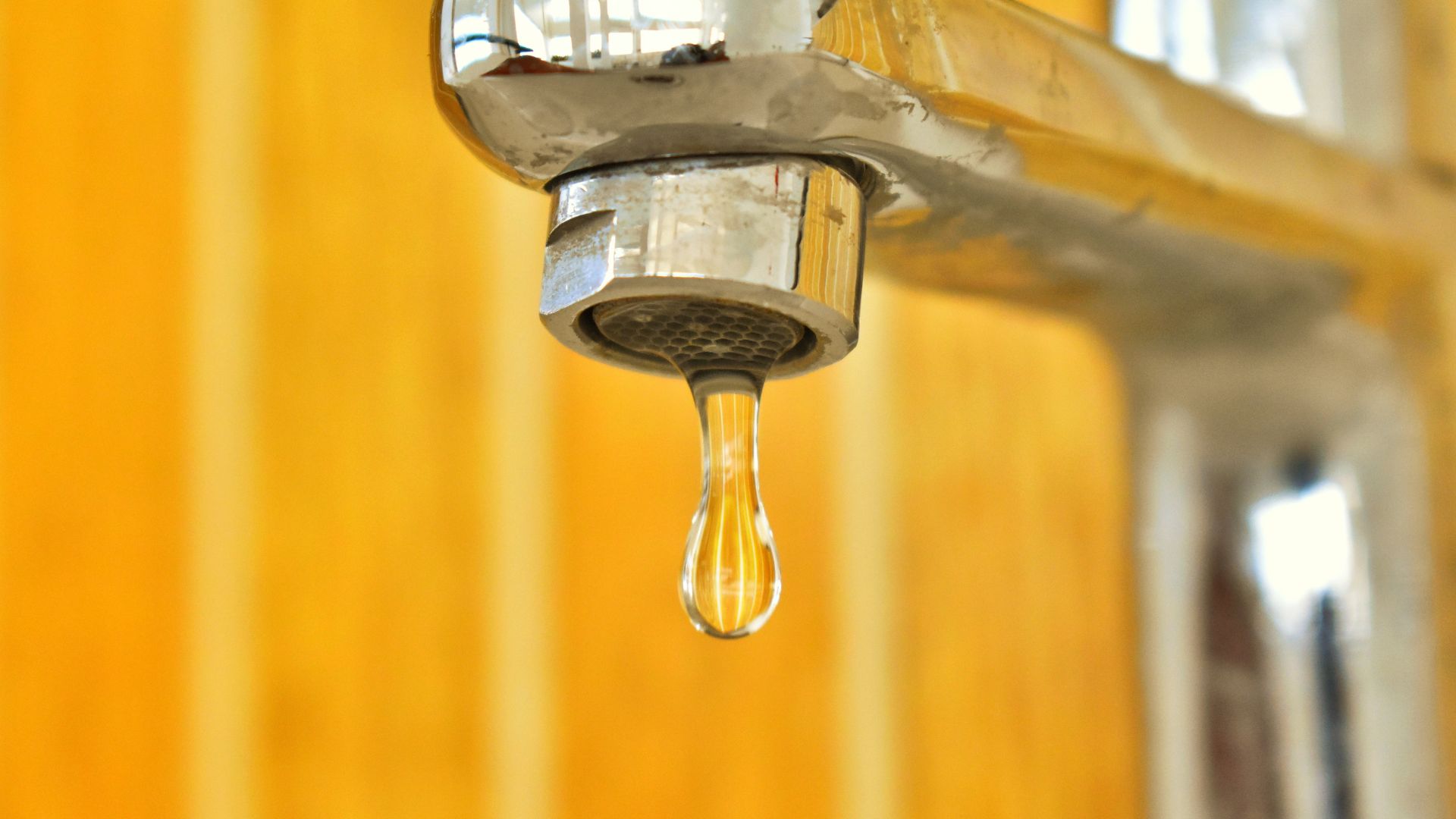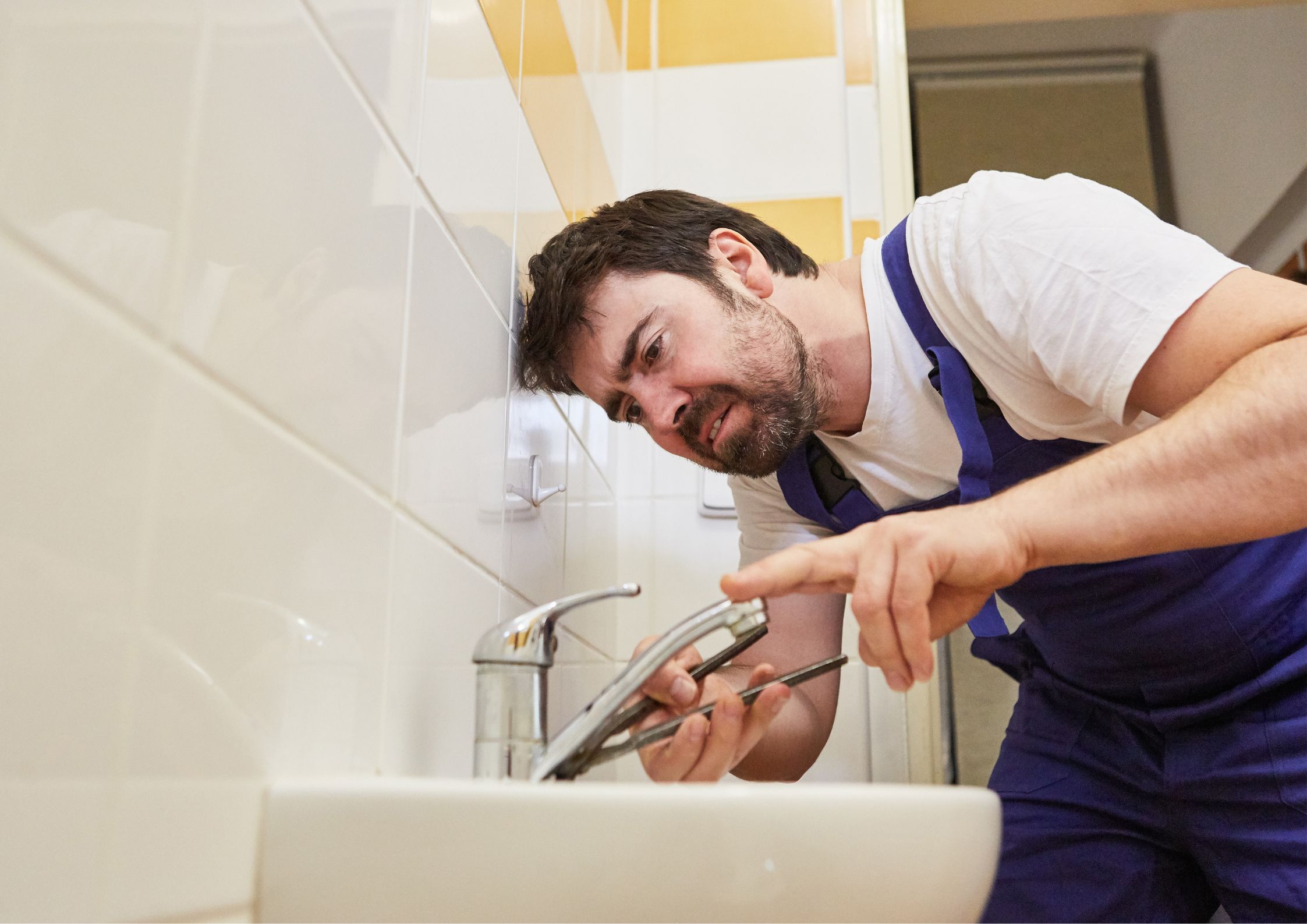Faucets are one of the most frequently used fixtures in every home. From washing hands and dishes to filling up pots, faucets are constantly in action. Like all mechanical devices, however, faucets have a lifespan. Over time, constant use, fluctuating water pressure, and mineral buildup can take their toll, leading to problems that often make faucet replacement the best solution.
In this article, we’ll explore why faucet replacement becomes necessary, the warning signs to watch for, and how upgrading your faucet can improve efficiency, save money, and enhance your kitchen or bathroom’s appearance.
If you’re already noticing faucet issues and want fast help, you can learn more about professional faucet replacement services or contact a trusted plumber today.
How Long Do Faucets Last?
Most faucets are designed to last anywhere from 15 to 20 years, depending on the brand, usage, and water quality in your area. However, just because a faucet can technically last that long doesn’t mean it should.
Issues like mineral deposits, corrosion, and worn-out components often appear long before the faucet reaches the end of its expected lifespan. When these problems occur, repairs may only provide temporary relief—making a full faucet replacement the smarter choice.
The Most Common Signs You Need Faucet Replacement
Recognizing the early signs of faucet trouble can save you from bigger headaches later. Here are the most common indicators that it’s time to consider replacing your faucet:
1. Persistent Leaks and Drips
- A dripping faucet is the most obvious sign.
- Even a slow drip can waste hundreds of gallons of water annually.
- Leaks increase water bills and put unnecessary strain on local water resources.
If tightening the handle or replacing a washer doesn’t stop the leak, the internal components are likely too worn to fix. At this point, faucet replacement is more cost-effective.
2. Difficulty Controlling Water Flow or Temperature
- Handles may become stiff, loose, or unresponsive.
- Water may not shut off completely, or temperature adjustment becomes unreliable.
These issues often mean that the internal cartridge or valve has deteriorated. Replacing the faucet ensures smoother operation and consistent water control.
3. Reduced Water Pressure
- A faucet that only produces a trickle could indicate clogs from mineral deposits.
- Sometimes debris buildup occurs in the aerator or internal parts.
If cleaning doesn’t restore pressure, replacement may be the only solution to restore proper flow.
4. Strange Noises When Using the Faucet
- Whistling, screeching, or clanking sounds may indicate worn parts.
- High-pitched noises can come from internal washers or valves that are no longer functioning correctly.
Unusual sounds often mean the faucet is nearing the end of its useful life.
5. Corrosion or Visible Damage
- Rust, peeling, or flaking on the faucet’s surface not only looks unattractive but also signals deeper issues.
- Corrosion can weaken the faucet, making leaks more likely.
Once a faucet’s finish begins to deteriorate, replacement is the best option for both aesthetics and function.
Why Faucet Replacement Is Better Than Constant Repairs
It may be tempting to continue repairing an old faucet, especially if the issues seem minor. However, repeated repairs often end up costing more in the long run. Here’s why:
- Cost Efficiency: Instead of replacing washers or cartridges multiple times, a new faucet eliminates ongoing repair bills.
- Water Savings: Replacing a leaky faucet stops unnecessary water waste immediately.
- Modern Features: New faucets come with improved designs, finishes, and water-efficient technology.
- Peace of Mind: A brand-new fixture eliminates the risk of surprise breakdowns.
When you notice recurring problems, replacing your faucet is often the smartest investment.
The Impact of a Leaky Faucet on Your Home
Many homeowners underestimate the damage a leaky faucet can cause. Beyond the obvious annoyance, the impact can be significant:
- Higher Utility Bills: Even small leaks add up quickly in water usage.
- Potential Water Damage: Persistent drips can lead to stains, warped wood, or mold growth.
- Environmental Strain: Wasting water puts unnecessary pressure on your local supply.
By scheduling a faucet replacement promptly, you protect both your home and the environment.
Choosing the Right Replacement Faucet
When the time comes to replace your faucet, it’s important to choose a fixture that meets your household’s needs. Here are some factors to consider:
Style and Design
- Match your new faucet to your kitchen or bathroom décor.
- Options include single-handle, double-handle, pull-down sprayers, and touchless faucets.
Material and Finish
- Popular finishes include chrome, brushed nickel, and matte black.
- High-quality materials resist corrosion and last longer.
Functionality
- Consider features like water-saving aerators or motion sensors.
- Choose a faucet design that complements your sink size and layout.
If you’re unsure which option is best, a professional plumber can recommend fixtures that balance durability, efficiency, and style.
DIY vs. Professional Faucet Replacement
Some homeowners attempt faucet replacement themselves, but plumbing connections can be trickier than they appear.
DIY Installation Risks:
- Incorrect installation leading to hidden leaks.
- Potential damage to pipes, valves, or sink surfaces.
- Extra time and frustration if tools or experience are lacking.
Benefits of Hiring a Professional:
- Correct installation the first time.
- Access to expert advice on faucet models and water-saving features.
- Prevention of costly mistakes that could lead to water damage.
For a seamless experience, consider scheduling professional faucet replacement services.
When to Replace vs. Repair
A simple repair can sometimes extend a faucet’s life, but replacement is usually recommended in the following situations:
- The faucet is more than 15 years old.
- Repairs are needed more frequently.
- Corrosion or structural damage is visible.
- Water flow or temperature control remains inconsistent after repairs.
If your faucet meets one or more of these criteria, replacement is the more reliable option.
How Faucet Replacement Improves Efficiency
Replacing an old faucet isn’t just about fixing leaks—it’s also about upgrading efficiency. Newer models often include:
- Water-saving aerators that reduce usage without sacrificing pressure.
- Advanced cartridge systems for smoother operation.
- Durable finishes that resist tarnishing and wear.
These features ensure your plumbing system runs more efficiently while enhancing the look and feel of your kitchen or bathroom.
Conclusion: Don’t Wait to Replace a Failing Faucet
Faucet problems rarely resolve themselves. What starts as a small drip or stiff handle can quickly escalate into costly water damage or frustrating inefficiency.
By recognizing the warning signs early—leaks, poor water pressure, corrosion, or unusual noises—you can decide when it’s time for a replacement. Choosing a new faucet not only saves money on repairs and utilities but also adds style and functionality to your home.
If you’re ready to upgrade, explore professional faucet replacement options or contact a local plumbing expert today.



